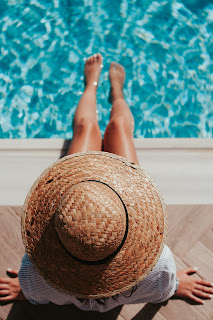“Commitments require us to do work when they feel like it, regardless of whether we do or not.”
It is a good practice that we learn early that sometimes we have to do things even if we don’t want to do them. This teaches responsibility.
I hate cleaning. I hate cleaning bathrooms, washing dishes, vacuuming, mopping floors and doing laundry. There are so many other things that I’d rather be doing than cleaning! Yet, it has to be done whether I feel like doing them or not.
I think that is why assigning homework is important. It is a great opportunity for students to practice a skill that they’ve learned. It is a great way for teachers to evaluate whether students understand the lesson. And it is a great way to teach responsibility.
When students get out into the adult world, there will be many times that they have to do things whether they feel like doing things or not. If they want to earn money, they need to show up for their jobs. Paying bills and paying taxes are also not fun things to do but you can’t wait until you feel like paying them to do this chore. Meeting deadlines will happen many times and if you want to be respected as a responsible person, you will meet these deadlines.
There are things you do to have a relationship with others. These may be just a friend relationship or a romantic relationship but there are expectations that come with these relationships. There are expectations to meet and if you don’t meet them, you will lose these relationships.
All of the commitments and expectations will teach responsibility. Students need to learn that as an adult, responsibility is an important character trait to have.
How do you teach responsibility? Please share.
Photo by Annie Spratt on Unsplash




























